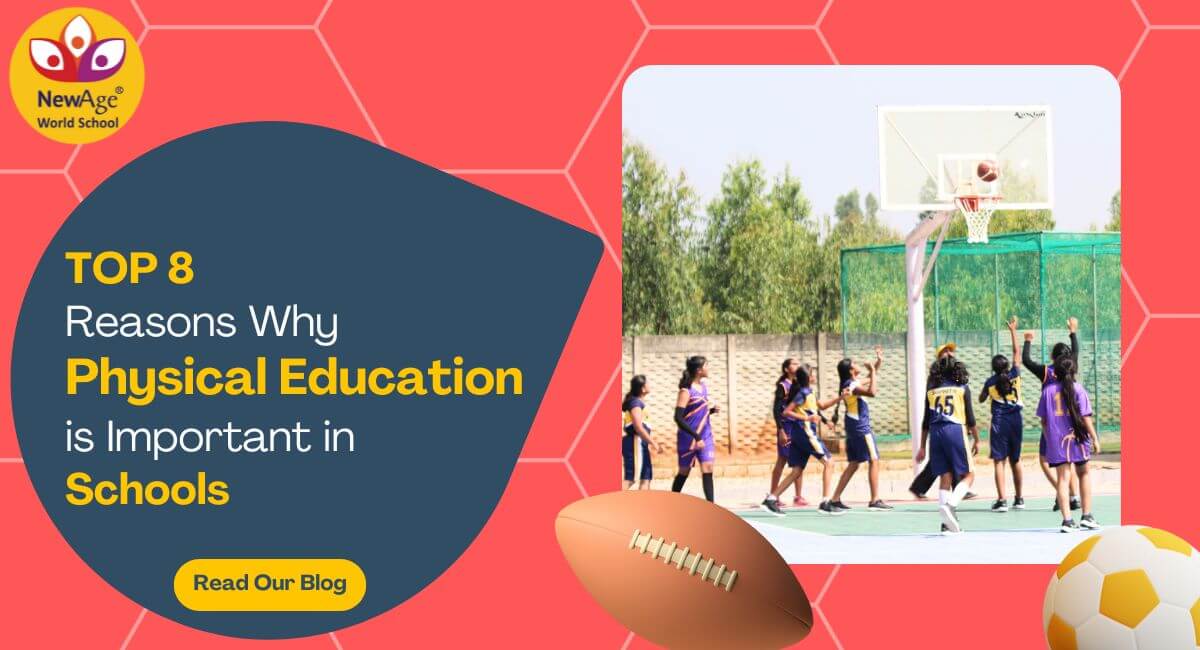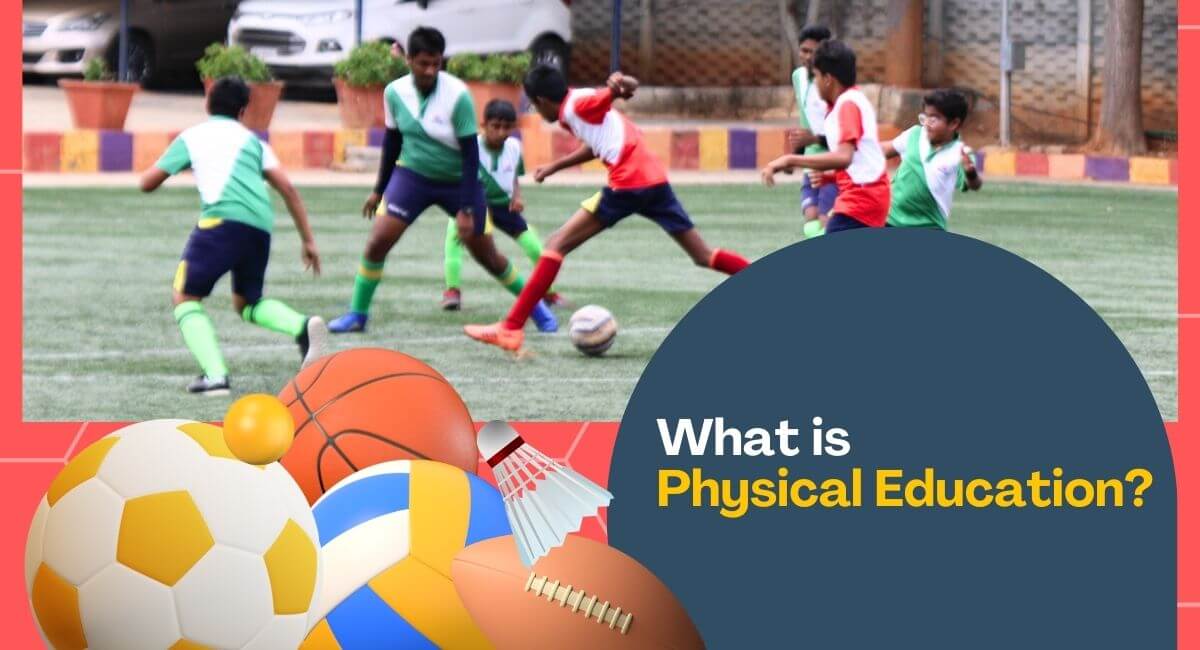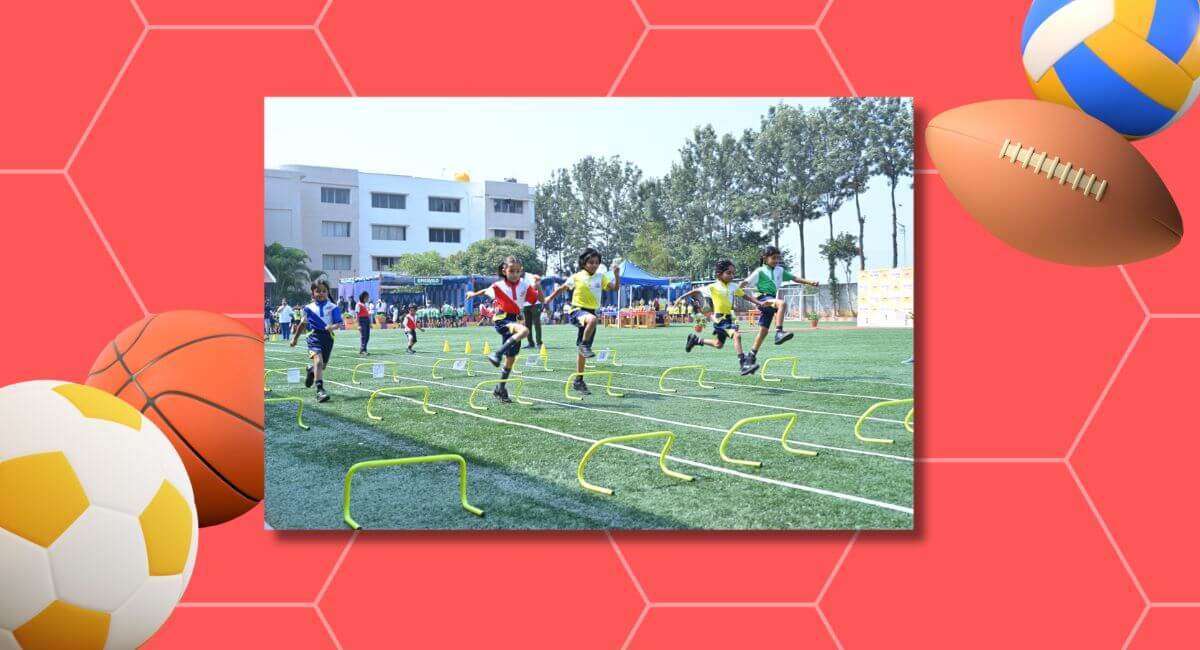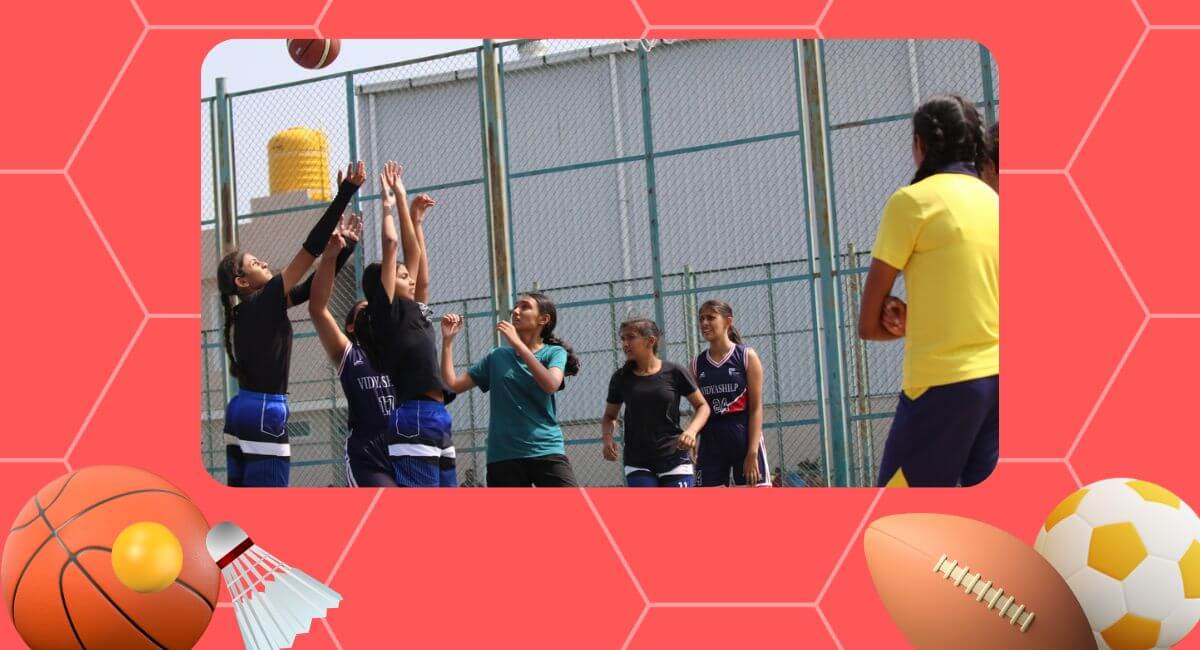

Let us be honest—children love to move! Whether it is running, jumping, or playing games, being active is a natural part of childhood. That is exactly why physical education is a hit in schools. However, it is not just about burning off that endless energy or having a good time. School physical education is crucial to a child's development, impacting their mind, body, and social skills. In this article, we will dive into why physical education is so important and how it contributes to the overall well-being of children. So, lace up your sneakers, and let us get moving!

Physical education (often called PE) is a school subject that teaches children how to be active and healthy. It is not just about playing sports; it is about learning skills that contribute to a healthy lifestyle for children. PE classes focus on activities that improve physical fitness, teach teamwork, and encourage good sportsmanship. From jumping jacks to learning the rules of soccer, school physical education covers many activities that help children grow and develop.
Physical education classes are full of fun activities that keep kids moving. Some examples include playing team sports like basketball or soccer, learning dance routines, doing gymnastics, and even practicing yoga. Children might also participate in track and field events, play games like tag or dodgeball, or go through obstacle courses. These activities improve motor development, coordination, and physical fitness. They are also a great way for kids to learn about body awareness, which means understanding how their bodies moves and work.
Now that we know what physical education is all about, let's look at why it is so important in schools. From improving academic performance to building character, eight benefits show why PE should always be a part of the school curriculum.
Being active can make you smarter! There is a strong link between physical activity and better academic performance. When children engage in regular exercise, it boosts blood flow to the brain, which helps them focus and learn more effectively. This means regular PE classes can help children do better in math, science, and reading. So, if you want your child to excel in school, ensure they are getting plenty of exercise. Check out our blog on Eight Highly Effective Activities to Improve Concentration for Kids for more ways to boost concentration.

Children today face many pressures—from schoolwork to social challenges. Stress reduction for children is one of the biggest benefits of physical education. Physical activities like running, jumping, and playing games help release endorphins, natural mood lifters. PE classes provide a great outlet for children to blow off steam and reduce anxiety. It is much easier to handle a tough math test or a tricky friendship when you can kick a ball around or run a few laps. Want to help your child stay positive? Learn more about the importance of a positive mindset.
One of the key aspects of school physical education is that it teaches children how to interact with others. PE classes are a great opportunity for socialization in schools. Whether playing on the same team or competing against each other, children learn valuable lessons in communication, cooperation, and fair play. They learn how to win gracefully and handle losing without throwing a fit (well, most of the time!). These social skills are crucial for building relationships and getting along with others on and off the field.
Nothing feels better than scoring a goal, making a basket, or finishing a race you thought impossible. Boosting self-esteem is another fantastic benefit of physical education. Children who participate in physical activities and achieve their goals feel proud and confident. This sense of accomplishment can spill over into other areas of their lives, making them more confident in the classroom and social interactions. A little success on the playground can go a long way toward building a child's self-esteem.
Body awareness is about understanding how your body moves and its capabilities. Children learn about balance, coordination, and flexibility through activities like gymnastics, yoga, and dance. This kind of learning is not just physical; it is mental, too. Children become more aware of their posture, breathing, and how to move safely. This awareness helps prevent injuries and teaches children to listen to their bodies, an important skill for staying healthy.

Sportsmanship, respect, and integrity are just some character traits built through physical education. PE classes teach children the importance of following rules, respecting opponents, and playing fair. They learn that it is not just about winning but also about how you play the game. This kind of character-building is crucial for developing responsible, respectful adults. For more on how physical education helps build character, read about our holistic approach to sports education.
One of the most obvious benefits of physical education is that it promotes fitness and helps children grow strong. Regular physical activity is essential for motor development, muscle strength, and bone health. PE classes encourage children to stay active, which is key to maintaining a healthy lifestyle. This foundation of physical fitness can prevent obesity and other health issues later in life. Plus, it is just fun to run faster, jump higher, and play longer!
Physical education is not just about sports but also a way to explore different cultures. Through activities like dance, martial arts, and traditional games, children learn about the customs and traditions of other countries. This cultural development fosters inclusive education and teaches children to appreciate diversity. It helps them understand that the world is a big place filled with different people, all with something valuable to offer. Learning about different cultures through PE can also make children more open-minded and accepting of others.
In conclusion, the importance of physical education in schools cannot be overstated. It is about much more than just getting children to run around and burn off energy. Physical education is crucial in the development of children, helping them grow into healthy, confident, and well-rounded individuals. The benefits are endless, from improving academic performance to reducing stress and building character. So, the next time you see a PE class in action, remember that those games and activities shape the future, one jump, skip, and throw at a time.
For more insights into the benefits of physical activities and holistic development in education, take advantage of our article on the importance of co-curricular activities in schools.
Keep moving, stay active, and embrace the joy of physical education!
Leave a Reply
Your email address will not be published. Required fields are marked *
Comments
No comments available